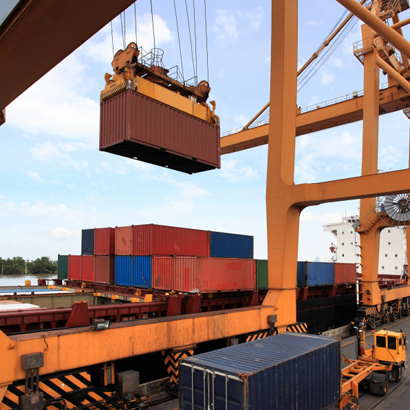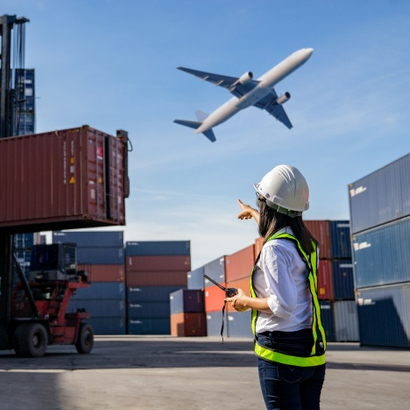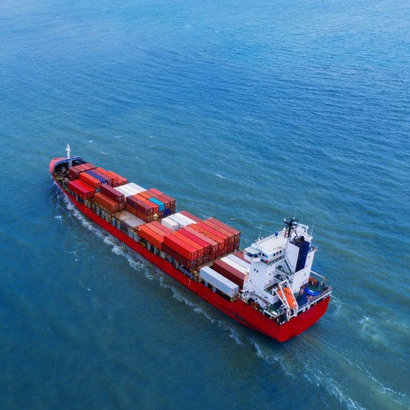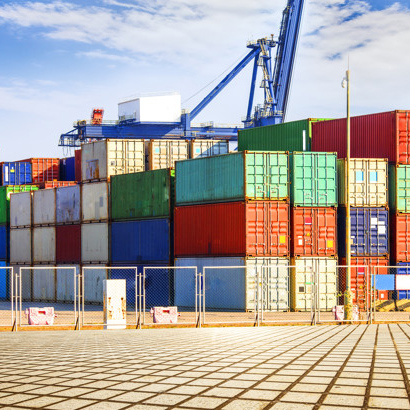A company’s safety culture describes how employees see safety & compliance. In a firm with a strong safety culture, safety is an essential component of all business processes. The Federal Motor Carrier Safety Administration (FMCSA) and other authorities base their requirements on it.
The actions of truck drivers are extremely important to a corporation. Addressing driver behaviors and attitudes, such as education, oversight, and responsibility, is a key component of the trucking industry’s safety culture. Equipment and process safety are two other crucial components of transportation safety culture.
Each fleet’s trucking safety culture is unique, but it guarantees that all personnel act safely, know why they should, and encourage others to do the same. Bad safety culture has effects on the business, the individuals working there, and the drivers they share the road with.
The following benefits are provided as a result of the importance of a safety culture in the business:
1. LITIGATION PREVENTION
Additionally, a safety culture can aid in reducing the expense of legal defense. The majority of fleets seek assistance from their insurance firms during settlements, but coverage can be pricey. Dashcams and smart tracking devices are just two examples of fleet safety measures that can save insurance costs.
2. COMPLIANCE IMPROVEMENT
Regulated sectors must be prepared for audits and inspections at all times. Because safety is a big part of the working day, it’s tougher to acquire infractions if your company has a good safety culture. Every aspect of the business is built with safe practices in mind, protecting you from audits and assisting you in avoiding them altogether. Usually, something causes audits by the Department of Transportation (DOT). You reduce your chances of being audited by reducing the number of possible triggers.
3. EMPLOYEE RETENTION AND SATISFACTION
When asked why they left their jobs, more employees now cite dangerous working conditions than any other environmental aspect. A mismatch between the person and the company culture is another common cause for quitting. An excellent method to solve these issues is by strengthening your safety culture.
4. PERFORMANCE IMPROVEMENT
A more predictable, effective workplace and reduced accident rates are two further ways that a safety culture may improve performance. Schedules take safety into account, protective gear is required, and incident response procedures are in place. Preparation may help minimize unforeseen accidents and the downtime that goes along with them, such as preventative maintenance software and thoroughly maintained garages.
In other words, proactive safety & compliance culture produces more predictable, dependable, and effective operations.








